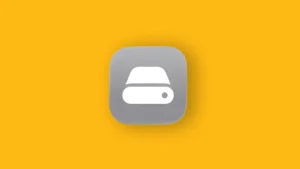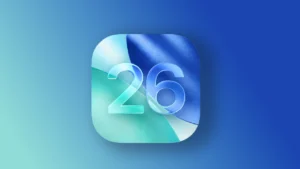So, how do you know if someone blocked you on iMessage? Well, start by not saying things that might get you blocked, and chances are, you won’t be. Simple, right? Thanks for reading the article; a TED talk is coming soon.
But jokes aside, neither life nor technology is that simple. I won’t delve into why you might suspect being blocked. Maybe you deserved it, maybe someone did you wrong – that’s not for me to judge. What I can do is show you how to at least get an idea of whether you were blocked on iMessage. And how you use that insight? Well, that’s entirely up to you.
In this article:
ToggleUnderstanding iMessage and Privacy
Before diving into practical advice, we must understand how Apple handles user privacy in iMessage. This messaging platform isn’t just about sending texts; it’s a secure communication channel that ensures only the sender and receiver can access the content of the messages. At least, that’s what Apple claims in their legal documents.
But general privacy is not in question here. Apple has also designed iMessage to give its users control over the complete communication environment. One feature that highlights this approach is the ability to block contacts discreetly. When a user decides to block another, iMessage does not notify the blocked party. This approach shields both sides from potential discomfort that might arise from such notifications.
Furthermore, Apple also allows for full control over things such as delivery status and read receipts. For instance, read receipts can be enabled or disabled by the user, giving them control over what information is shared. These features are designed to enhance the user experience. However, if users feel these compromise their privacy, they can easily disable them.
This approach is beneficial for the person who does the blocking, especially if we take into account how some other platforms handle such instances. For example, on social platforms like X (Twitter), being blocked results in a clear message stating ‘@USERNAME HAS BLOCKED YOU’ each time you attempt to visit their profile. Apple’s way eliminates this type of awkwardness but also leaves room for doubt.
Since iMessage does not send a notification or display a message explicitly stating you’ve been blocked, you can never be sure.
How to know if someone blocked you on iMessage? Look for these clues
As I already mentioned, there’s no way to know if you’ve been blocked on iMessage. But there are certain clues you can look for. Based on those clues, you can draw your own conclusions. Nevertheless, I should mention that most of these “methods” involve reaching out to the person you suspect might’ve blocked you in one way or another.
So, you might as well skip all these and ask the person yourself through a different mean of communication, like social media, a call, or even in person. However, if you want to play detective, or talking to that person feels too awkward, make sure to check all the boxes mentioned below.
1. Check the Delivery Status
Typically, iMessages will show a “Delivered” status beneath the text bubble once it reaches the recipient. A missing “Delivered” status could be your first hint of being blocked.
It’s important to remember that this could be due to various reasons, such as the recipient’s device being turned off or out of network coverage. However, if this change persists across multiple messages and days, it might suggest that the recipient has blocked you.
2. Look for Read Receipts
If you previously saw read receipts (indicating the recipient has seen the message) from someone, and they suddenly stop, it might raise a flag. The absence of read receipts could be another sign that you’re blocked.
However, you should keep in mind that read receipts can be disabled. As a matter of fact, many people disable this option right after they sign into their iPhones, so this might not be the most reliable indicator that your number is blocked.
3. iMessage Turns to SMS
iMessage texts appear in blue bubbles, which means the messages have been encrypted and delivered over the internet. When these messages convert to green SMS texts, it’s a clear sign that something has changed. This conversion typically happens when messages cannot be delivered via the internet, either due to a lack of connectivity or when the recipient has blocked you.
However, it’s also possible that the recipient has disabled iMessage or is experiencing connectivity issues, making this another sign that requires context to interpret accurately.
4. Call to Check
Directly calling the person you suspect might have blocked you on iMessage can offer additional clues. If the call goes straight to voicemail or rings once before going to voicemail, it might suggest a block.
However, this behavior is also consistent with the phone being off, the Do Not Disturb mode being activated, or the recipient actively declining the call. Another downside of this approach is that you’d have to come up with an excuse for calling if the person answers the call. Or not, depending on your personality.
5. Try FaceTime
If a FaceTime call fails immediately—especially if calls previously connected without issue—this could be another indicator of being blocked.
Once again, if the person answers, be prepared for a talk. Or not.
All these signs could suggest that you’ve been blocked. But until the person you suspect might’ve blocked you explicitly confirms, you can never be sure. Network issues, privacy settings adjustments, having the “Notifications silenced”, or the recipient changing their communication habits can all mimic the symptoms of being blocked. So, think this through before jumping to conclusions.
Facing the possibility of being blocked can be unsettling, especially if you can’t think of a valid reason for it. Or maybe you know exactly why you got blocked. Once again, it all depends on your situation, and I’m not a relationship counselor (yet), so my advice begins and ends with technical stuff. Stay safe, guys!



